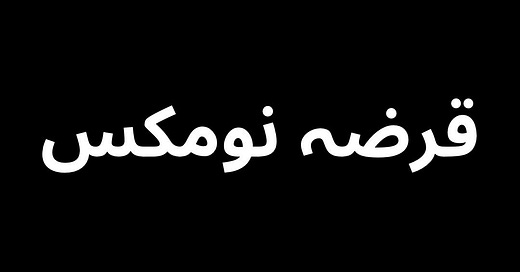Millennials—you know the warm fuzzy feeling you get when thinking about the Musharraf era? It’s partly nostalgia (think Noori, EP, and Bryan Adams when he came that one time), but it’s also the effect of economic growth. Between 2004-08, our GDP grew by an average of 7% each year. Noonies—I know you can’t stop thinking about that rock hard 5% annual growth rate between 2014-18 either.
Economic growth is a good thing! The problem is, in both of those cases, the boom was swiftly followed by a bust.
By the end of the 2008 fiscal year, our current account deficit had shot up to 8.2% of GDP, leading to growth plunging from 5.8% in 2008 to 0.4% in 2009. It was a similar story a decade later, as a current account deficit of $20 billion (6.1% of GDP) in 2018 led to the growth rate plummeting from 5.6% that year, to just 1.9% the next. Both times the country was then forced to turn to the IMF.
This is not a partisan issue. Imran Khan’s government also briefly exhibited this phenomenon when the growth rate touched 5% in 2021, before swiftly declining afterwards. It is a structural issue with the Pakistani economy.
Let’s start with the basics. For the economy to grow sustainably, we need to be earning roughly as many dollars as we spend. It’s the same with your paycheck—sure you’ll get a gift or take out a loan here or there, but fundamentally you cannot spend more than you earn.
The primary way countries earn and spend dollars is via exports and imports. Have a look then at Pakistan’s exports and imports over the last two decades as a share of GDP. Our export numbers are not great, and in fact have declined sharply over the last decade, falling from 13.5% of GDP in 2011, to 9% in 2021. At the same time, our imports skyrocketed in 2004, and since then have hovered around 18-20% of our GDP.
Source: World Bank
That’s a pretty big gap of about 10% of GDP between our imports and exports. How are we paying for it? It’s certainly not through foreign direct investment, which has consistently contributed less than 1% to our GDP for the past decade. Instead, we rely on remittances from foreign Pakistanis (who were essentially forced to leave because they saw no economic future here) and borrowing. And we borrow a lot! Our government borrows from domestic and multilateral banks, Islamic bond and Eurobond holders, and other countries such as Saudi Arabia and China.
The problem with borrowing, of course, is that eventually people don’t want to lend to you anymore because they fear that you won’t be able to pay them back. That’s an understandable fear in our case, as we are constantly asking MBS and Xi Jinping to rollover our loans, as well as approaching our beloved IMF—the lender of last resort who we have adopted as our jigri dost.
The thing is though, sustainable or not, growth is actually good! And not just in an abstract sense, it literally lifts people out of poverty. According to research published by the Asian Development Bank, that stretch of growth in the Musharraf era led to the poverty rate falling from 64% in 2001, to 37% by 2010. The good times during the PML-N government then saw poverty decline further to 24% by 2017. The poverty rate has since risen partly due to a change in methodology, but that is a separate issue. The bottom line is that Pakistan’s growth is quite pro-poor.
Unfortunately, the same ADB paper also calculated that Pakistan can’t afford an annual growth rate of more than 3.8%. Any rate higher than that means we are importing, and hence borrowing, unsustainably and that will eventually lead to the economy going bust.
There are various medium and long-term steps the government can take to ensure that the ceiling of our sustainable growth rate can be raised. These include a broader tax net, and rationalising our import and export strategy. But most importantly, it requires a change in thinking.
Like an addict, we have been constantly chasing the short-term high of a 5-7% economic growth rate, even though we know how terrible the comedown will feel after. It’s time to break the cycle.
What I’m reading this week:
As recently as the 18th century, there was no real sense of an “all-India Muslim community”. And yet, by the middle of the 20th century, the subcontinent had been partitioned along communal lines. How did religion in particular assume such vast significance for North Indian Muslims during this time? (Asad Pabani/self-plug, graduate paper)
From Balochistan to Islamabad: Why I have been marching since I was 12 (Sammi Deen Baloch, Dawn)
Get the newsletter via WhatsApp
Share this article with a friend?




